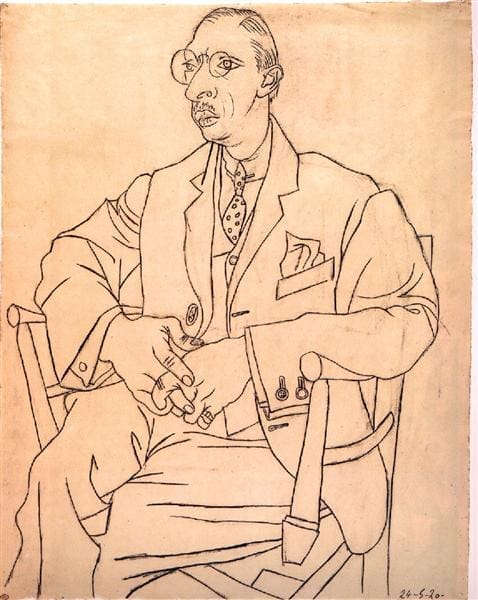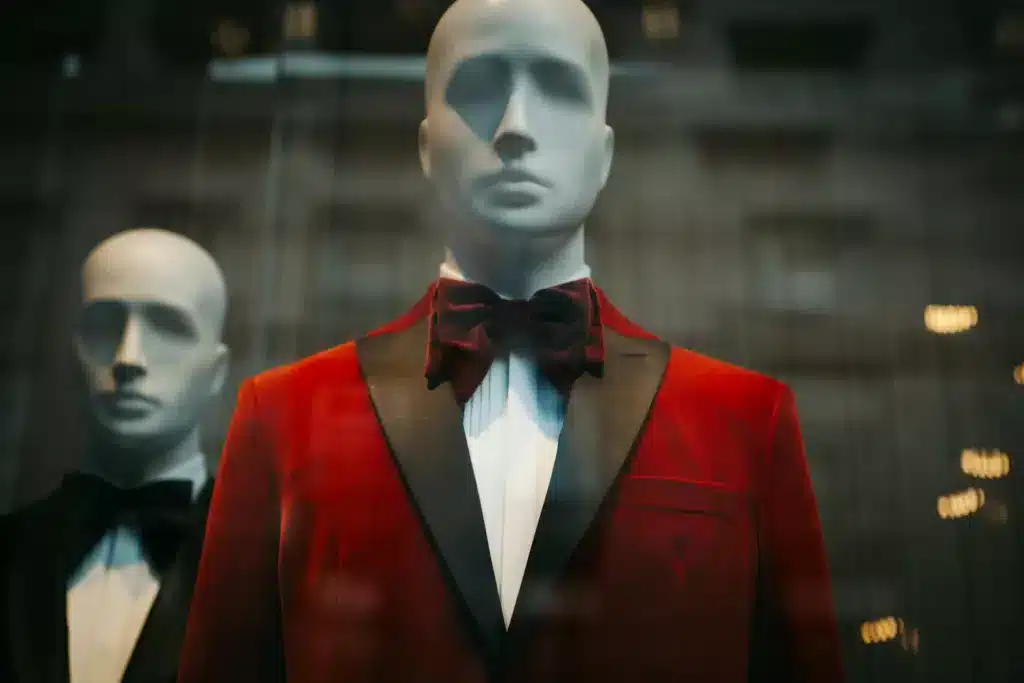(Intellectual-literary counter-marketing)
I do not write what cheers.
I don’t write what they like.
I know. You remind me of that by saying I’m gloomy.
Yet I lightened my skin,
I hold a candle under my chin,
And I feel almost inside a little altar.
The fog bestows charm,
The Sun makes me sad.
People at the beach make me bored,
Winter exalts me when it rapes the waves.
I do not write what cheers.
But maybe I write what they like.
Someone is sitting next to me
on the cold March shoreline.
He does not speak
nor seem to hear.
Is a stuffed dream
Made vivid by dyes.
Skin does not exist,
My fingers dig and find themselves.
Even the air shows little
And that’s how I forget my verses:
With a scattering shadow
And with sea foam,
That, by August, will have faded away.
Deposited for legal protection with Patamu: certificate
A brief consideration of the emancipation of dissonance in music
Modern composers have played a crucial role in revolutionizing the perception of dissonance in music. Embracing dissonance as a tool for artistic expression, these composers challenged traditional notions of beauty and harmony in musical composition. By pushing the boundaries of tonality and experimenting with new sounds, they have opened up a world of possibilities for musical innovation.
Composers such as Arnold Schoenberg, Claude Debussy, and Igor Stravinsky are important figures who contributed to the emancipation of dissonance in music. Schoenberg’s development of atonal music and dodecaphonic technique broke the conventional rules of harmony, while Stravinsky’s use of dissonant chords in his ballets created a new language of musical expression.

Through their pioneering work, modern composers not only transformed the aesthetics of music but also expanded the listener’s perception of beauty. Embracing dissonance allowed for a more profound and complex emotional experience in music, challenging the audience to explore new realms of artistic interpretation.
If you like this poem, you can always donate to support my activity! One coffee is enough!


